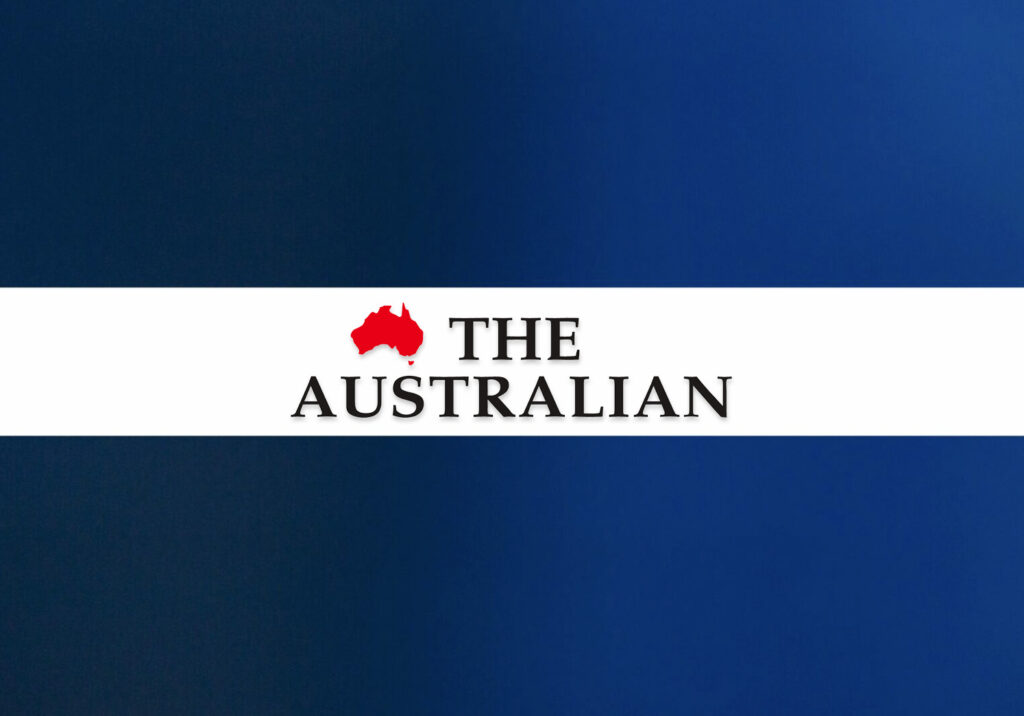
Article by Perry Williams courtesy of The Australian
A major gas expansion seen as vital for Australia’s southern states to avoid shortages in the next two years has been put on hold due to a tough regulatory clampdown, with the fresh supply shock landing just days after the Albanese government warned of shortfall risks this decade.
APA had planned to sign off on investment on a major expansion of its South West Queensland Pipeline this year, with construction to start in the second half of 2024.
However, the gas giant said regulatory uncertainty due to a new probe into the pipeline sector had forced it to delay an investment decision until it received further clarity.
“We have had to put a pause on the investment in stage 3 of the east coast grid,” APA chief executive Adam Watson told investors at the Macquarie Australia conference on Thursday.
The pipeline, which links Wallumbilla in southeast Queensland to Moomba in South Australia, is a key supply link in the transmission network connecting Queensland with the southern states.
The expansion had been seen as critical to ensure heavy industry and manufacturing in Victoria and NSW receive enough gas to keep their operations going.
While the federal government backed the role of gas in a new blueprint released on Thursday, it warned of near-term challenges, saying there was “significant concern and uncertainty around the potential for a shortage of supply” over coming years.
“Constrained pipeline capacity from Queensland to southern states implies that southern shortfalls will emerge in coming years regardless of additional northern production,” a report issued by the government last week noted.
APA had planned to expand the capacity of the pipeline by 25 per cent through a stage 3 and 4 process, funnelling more gas to the southern states, but said concern over the clampdown meant it could not approve the spending.
It is subject to light regulation, with an arbitration process in place to handle customer complaints, but the Australian Energy Regulator is considering whether to convert it to a “scheme pipeline”, which would subject it to full price regulation.
“The real challenge we’ve got at the moment, and I’ve spoken to shareholders, and they’ve given me this feedback very bluntly, is that how do you do that when you don’t know what return we’re going to get now on stage three or stage four?” Mr Watson said.
“Stages one and two increased the capacity of the east coast grid by about 25 per cent – that is seriously material and we know that we can keep building out and expanding the capacity of that grid really efficiently, but the simple (question) is how do we do that when there is uncertainty about the return we are going to get?”
The AER was given the responsibility for determining the form of regulation of Australia’s gas pipelines in 2023 as part of new National Gas Law rules introduced by the federal government at the time. The review of the SWQP will be the first in a series of reviews the AER is planning over several years.
The AER did not immediately respond to a request for comment.
Senex Energy – part-owned by Gina Rinehart – recently said the pipeline would “be relied on heavily” to meet southern demand, according to modelling.
“In recent years the gas industry has been subject to no less than 10 major regulatory/policy interventions, including the introduction of the Gas Market Code, which have had observable negative consequences for the gas market, including delaying much needed investment in new supply, slowing down contracting activity and delaying development of short-term gas markets which provided much needed liquidity and price,” Senex said. “This is at a time when the market is in desperate need of new supply.”
The Origin Energy and ConocoPhillips- owned APLNG export project noted APA was expanding SWQP’s gas transportation capacity as part of its east coast grid expansion project, which suggested suppliers had responded to demand and the market was functioning properly.
“Additional regulatory or market intervention may stifle the incentives for long-term investment in gas pipeline,” APLNG said. “Storage solutions may alleviate pipeline capacity constraints including, in some cases, storage in a pipeline’s linepack. Subjecting pipelines to additional regulation and only allowing standard access arrangements will not facilitate bespoke, innovative market solutions.”
